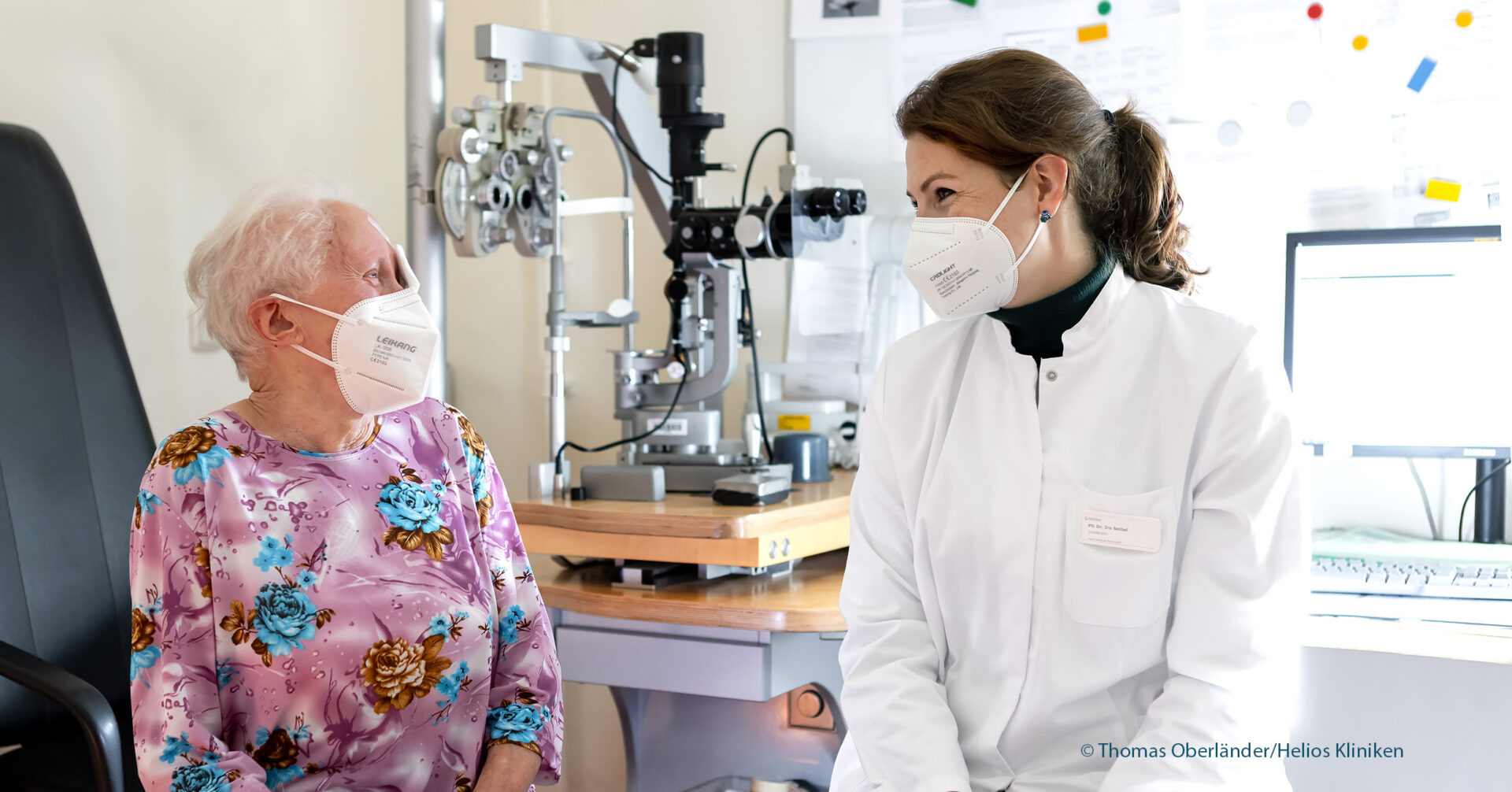
Binocular vision is used to perceive depth and three-dimensional structures and is based on visual information deriving from two eyes. Precise separation of objects in depth can help control and execute fine motor actions.
Cancer can develop in the eye and cause changes in visual perception. Patients with uveal melanoma usually report blurred or distorted vision or flashing lights. Some notice the tumour on the iris.
Many patients are asymptomatic though, their tumour being discovered on routine examination.
To diagnose and stage the ocular tumour, a variety of tests are performed. Ultrasonography provides measurements of tumour dimensions and reveals any tumour extending behind the eye.
About 90% of uveal melanomas arise in the choroid, under the retina. 7% occur in the ciliary body, which adjusts the focus of the lens. The remainder develop in the iris, which regulates the amount of light reaching the retina.
Treatment of intraocular uveal melanoma is aimed at preventing metastasis, if possible conserving the eye and useful vision. Available treatment options include enucleation, the removal of the eye, which is chosen for advanced tumours. Surgical removal of the tumour is technically complex and only performed in rare cases. In most centres, the first choice of treatment is brachytherapy with a radioactive implant containing ruthenium-106 or iodine-125 inserted close to the tumour.
The ruthenium plaque emits mostly beta irradiation. It delivers a high radiation dose to uveal melanomas up to 5 millimetres in thickness while avoiding collateral damage to healthy structures such as the optic disc and macula if these are more than 2 millimetres away from the tumour.
During the operation, the tumour margins are defined by transillumination. An acrylic dummy is sutured in place. Once its correct position is confirmed, it is replaced with the ruthenium applicator, which is removed between two and seven days later, once the required dose of radiation has been delivered to the tumour.
Studies around the world have consistently shown high rates of local tumour control – exceeding 95% in well selected cases – so that ruthenium applicators are now used in more than 40 countries.
Over the past 50 years, brachytherapy with ruthenium-106 has helped thousands of patients with uveal melanoma keep their vision, their occupations and their hobbies.
If you need a specialist in your country who can help you with information about ocular brachytherapy, please do not hesitate to contact us.